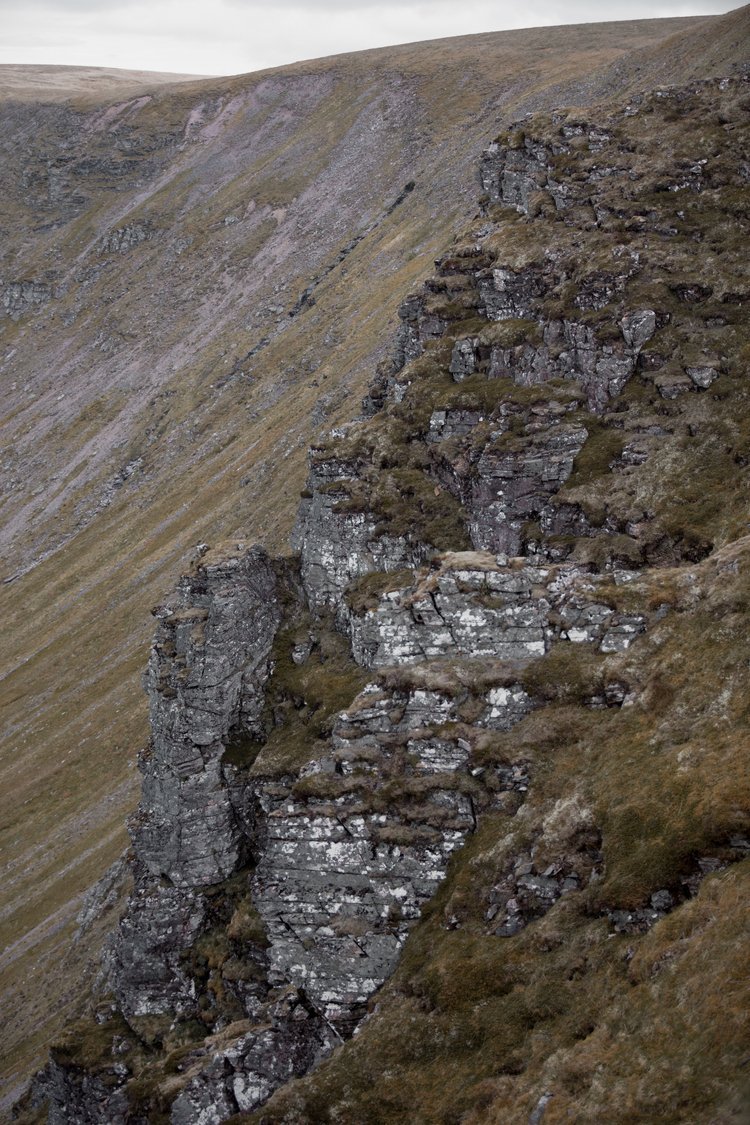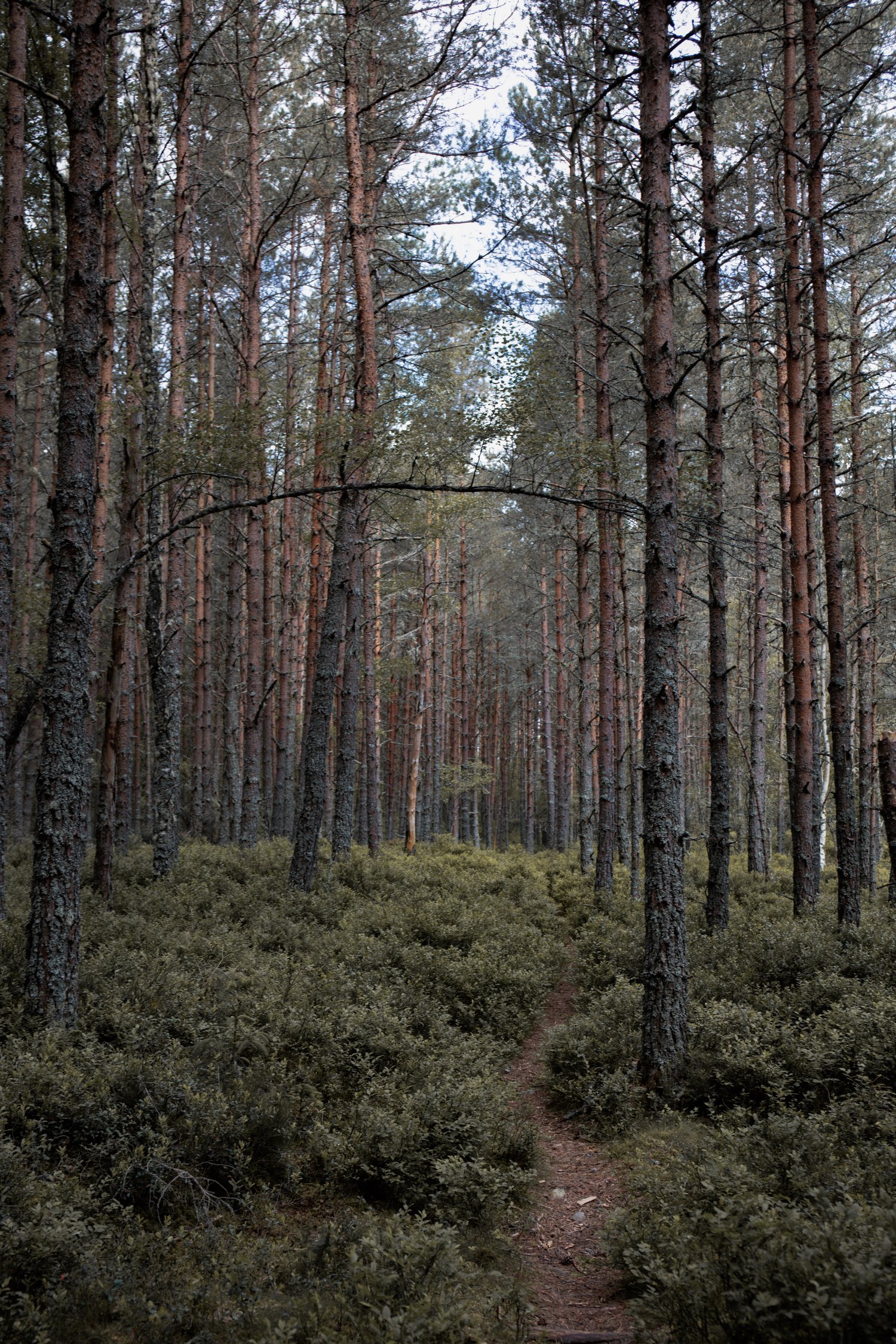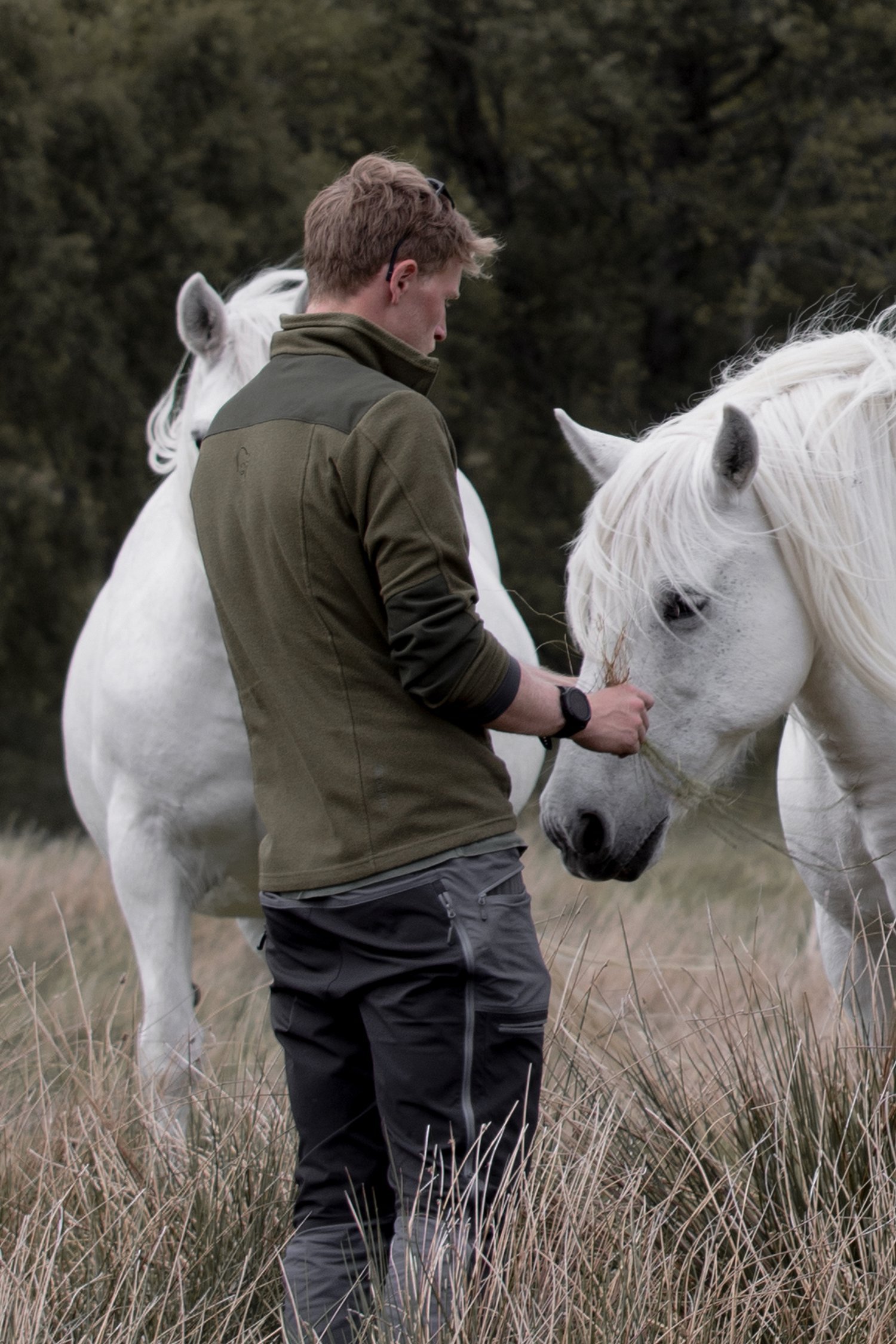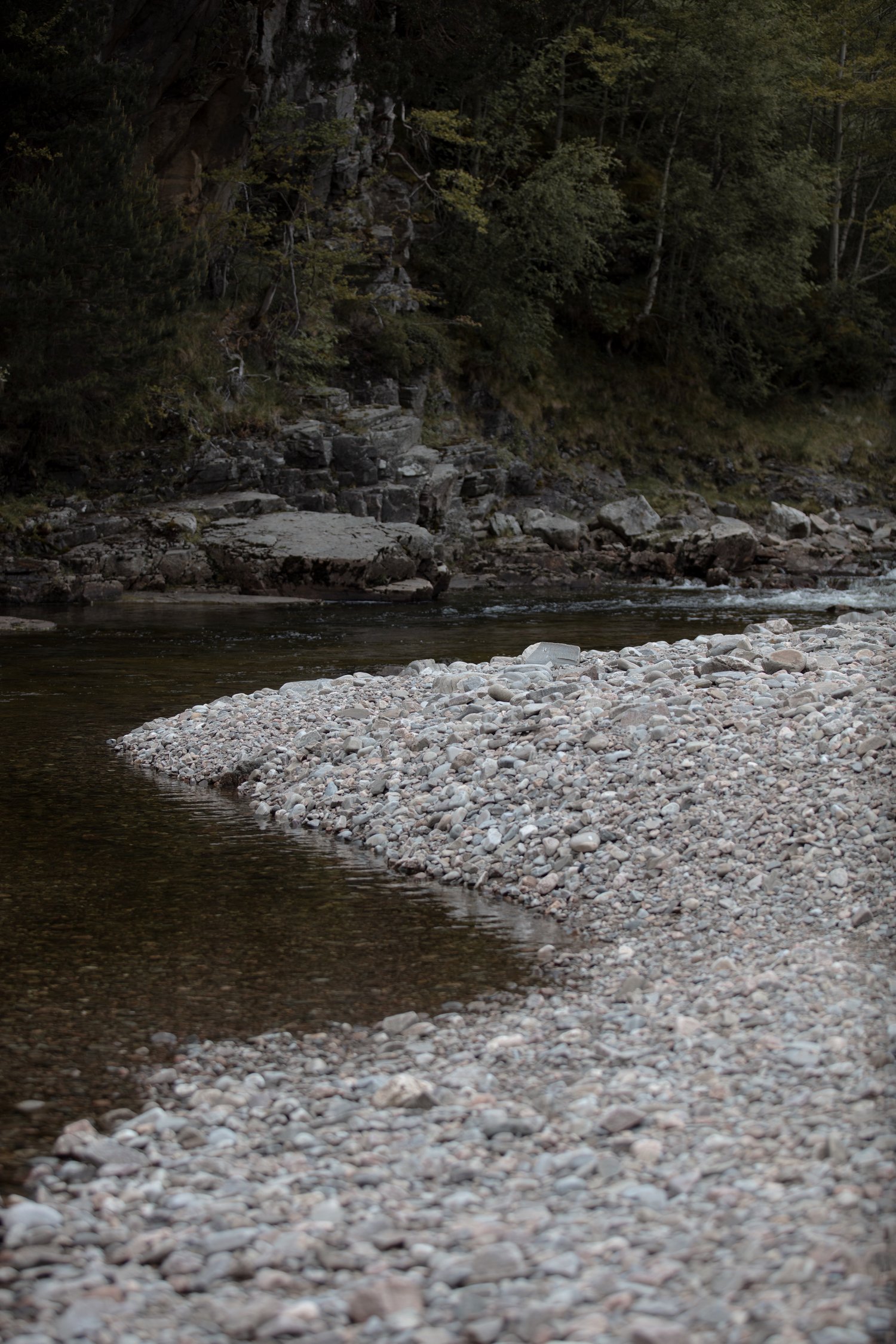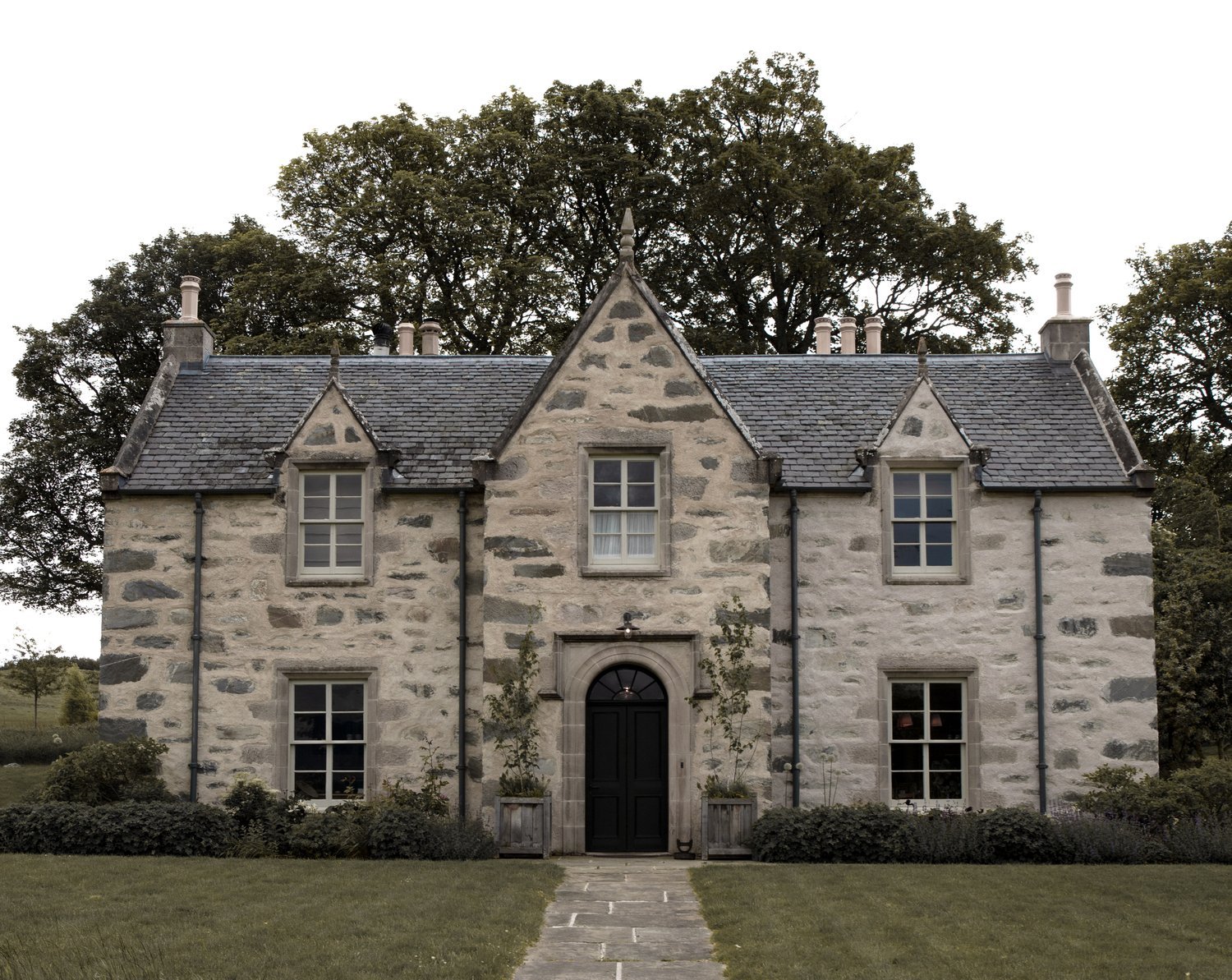Wildland conservation in the Scottish Highlands
Conservation projects are taking place all over the UK in a battle to protect our beautiful countryside. Amongst the mountains and glens of the Scottish Highlands, one organisation is working to bring back the lost landscape of the Cairngorms and restore the ecosystem to its former glory.
By Zoe Sankey
Humans are one of the most developed and industrious species on the planet, and for millions of years our ability to manipulate Earth’s resources has allowed us to develop great civilisations. However, all of this action and growth has not been without consequence and we now find ourselves in the middle of a climate emergency.
As with many parts of the world, Scotland used to be a much wilder landscape; a thriving ecosystem and home to a diverse range of wildlife. But over time, human influence has disrupted the nature of this land. Mountainsides that once featured rich and living forest now stand stripped and empty. The surrounding rivers, lochs and seas hang in the balance. The iconic peatland that punctuates the landscape and stores Scotland’s carbon has been degraded. In short, nature has been stamped out and is now crying for help.
Across the highlands land owners and environmental organisations alike are stepping up and taking action to help restore the land to its former glory. On a recent visit to Scotland I had the pleasure of learning about one such organisation called Wildland, owned by entrepreneur Anders Holch Povlsen and his wife.
The Wildland vision is based around a long term plan to restore the landscape, habitats and wildlife populations across their four Cairngorm estates; Gaick, Glenfeshie, Killiehuntly and Kinrara. Wildland believe their mission to be bigger than any one person and instead see it as a way to repair nature, allowing it to heal, grow and thrive, so that it may be enjoyed by future generations.
The main focus of their mission currently, is trees. Over time deforestation and man made erosion has decimated significant expanses of pine, alder, birch and juniper woodland across the highlands. Wildland works in tandem with another organisation, Cairngorms Connect, to restore lost woodland and to reconnect remaining areas, in turn re-establishing the sheltered pathways between native wildlife habitats. Since 2014, Wildland has planted upwards of 4,000,000 tree saplings on its estates, with workers planting around 200 trees in a day. It was remarkable to see the areas of land where this work is being carried out and to see the harsh and unnatural line between verdant woodland and empty heathland.
It takes several years for a pine tree to mature to the heights we are used to seeing. Every new rung of branches indicates a whole year of growth.
Through careful and considered land management they have also supported the regrowth of vast areas of long dormant saplings. Native populations of deer browse low branches and saplings for food, but as deer populations have risen well above what the current ecosystem can support, young trees and saplings aren’t given a chance to properly establish themselves. Now, as a result, an environment which should be filled with forest and woodland is well known for its sprawling barren hills.
Historically, native predators such as the wildcat, lynx, bear and wolf would have managed deer numbers, but with a rise in agriculture came the loss of these predatory species. Whilst it’s not to be ignored that they have faced a great deal of controversy for their deer management efforts, there is no denying that Wildland’s approach has allowed for the natural environment to re-establish itself and for other species to gain a foothold.
Some of the endangered, native species that Wildland hopes their reforestation work will support include the Pine Martin, Red Squirrel, Capercaillie and Wildcat. Already Wildland is seeing some success with several species of bird including the Hen Harrier, Goshawk and Golden Eagle, which are being spotted more and more across the area. Plus, with satellite tagging and regular population monitoring in place, the Wildland team are able to continue learning how to help these species thrive.
Traditional methods of deer management used horses to traverse the hilly landscape but the retired horses are now free to roam the Wildland estate. Coming across them in the wilderness is like a scene from a fairytale.
The progress Wildland makes in regenerating the forestland should also in turn support other elements of the ecosystem. As the root system of the replanted and regrown woodland develop they will begin to strengthen the landscape reducing erosion and supporting river channels and waterways in the surrounding area. This should help create a more natural river flow and a better habitat for fish and native freshwater species. This can already be seen with invertebrates such as the fresh water pearl mussel inhabiting the rivers again, a sign that the water quality is improving too.
Beyond all of this, the organisation supports their environment in many other ways. Working with local river and fisheries trusts to give fish stocks the very best chance to replenish in numbers; rewetting peatlands to help limit greenhouse gas emissions and slow subsidence; and restoring historic buildings with traditional techniques so that they may be used to support tourism and local economies.
The organisations hospitality endeavours in particular are a very exciting part of their approach and a demonstration of how the tourism industry can, and should, serve a higher purpose. Across their estates Wildland has refurbished several old brochs, bothies and farmhouses, using traditional materials and techniques to preserve these precious examples of Scottish heritage. With their signature ‘Scandi-Scot’ interior design style, they provide a luxurious stay for eco-minded guests and hardened campers alike, which ultimately helps to support their wider conservation projects.
The Killiehuntly Farmhouse is a beautifully restored building surrounded by grazing sheep, thriving wildflowers and an enchanting garden and greenhouse where guests can sit with a glass of wine and watch the sunset.
As you would expect from a luxury eco-tourist site, their prices are pretty high and so I was only able to spend a few days in one of their locations. However, even through my limited exposure to Wildland’s efforts, I was impressed by their remarkably holistic vision. Getting to see, first hand, their practical foresight, their confident determination and their innovative, integrated approach was refreshing in a world where engaging with sustainability and conservation is so often seen as a sales tactic or is simply ignored all together. Even when environmental impact is considered, efforts can be disconnected or ill-conceived. With Wildland, they have certainly faced some controversy and not every action they take is without it’s problems, but I think the most important thing that should be learned from them is whilst achieving true sustainability may be a difficult journey, the only way we can make positive change is to keep learning, keep trying and keep doing more.
For more information about Wildland’s work in the highlands, go to www.wildland.scot/home.



